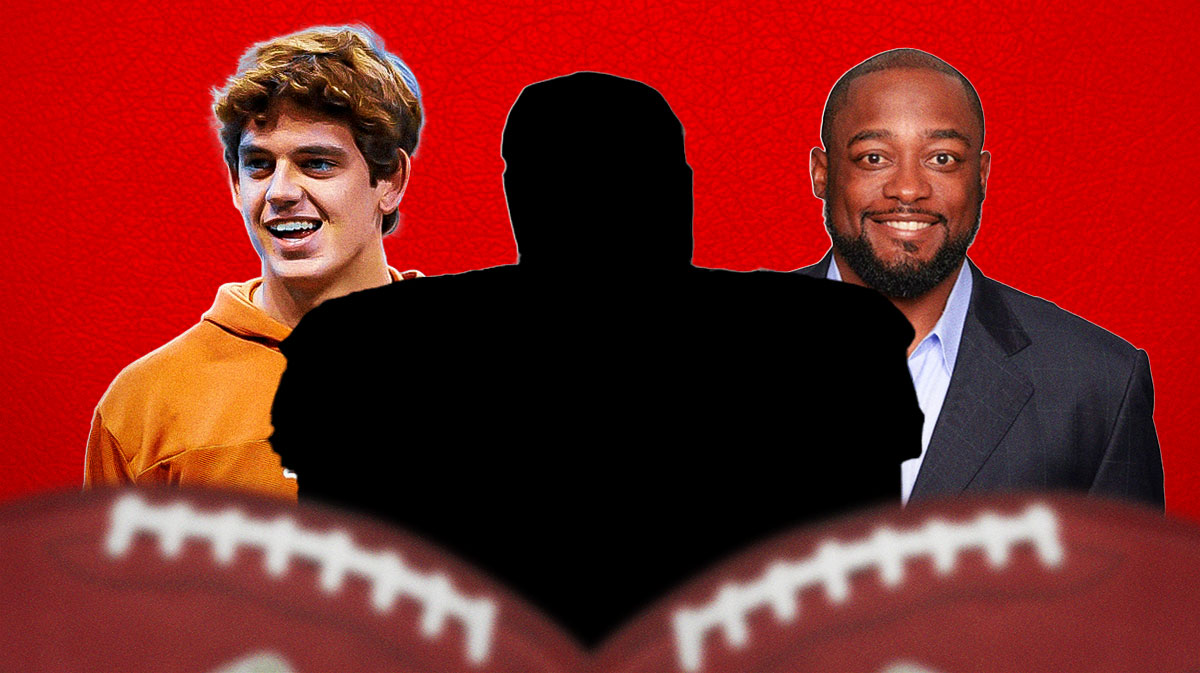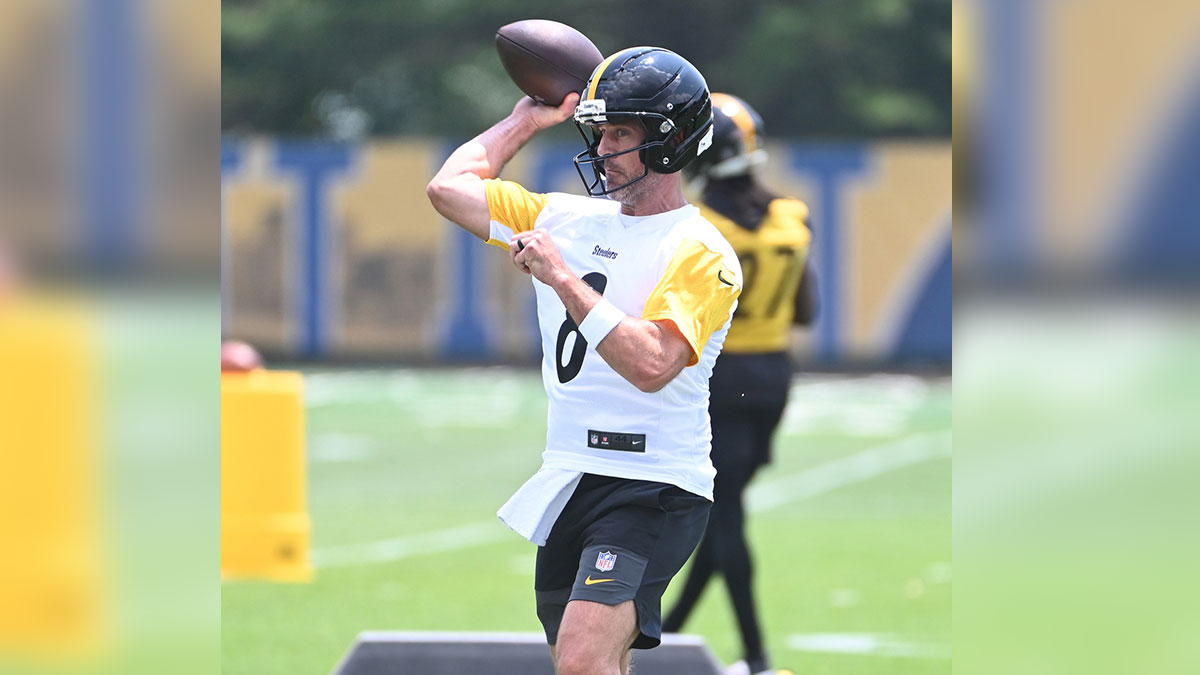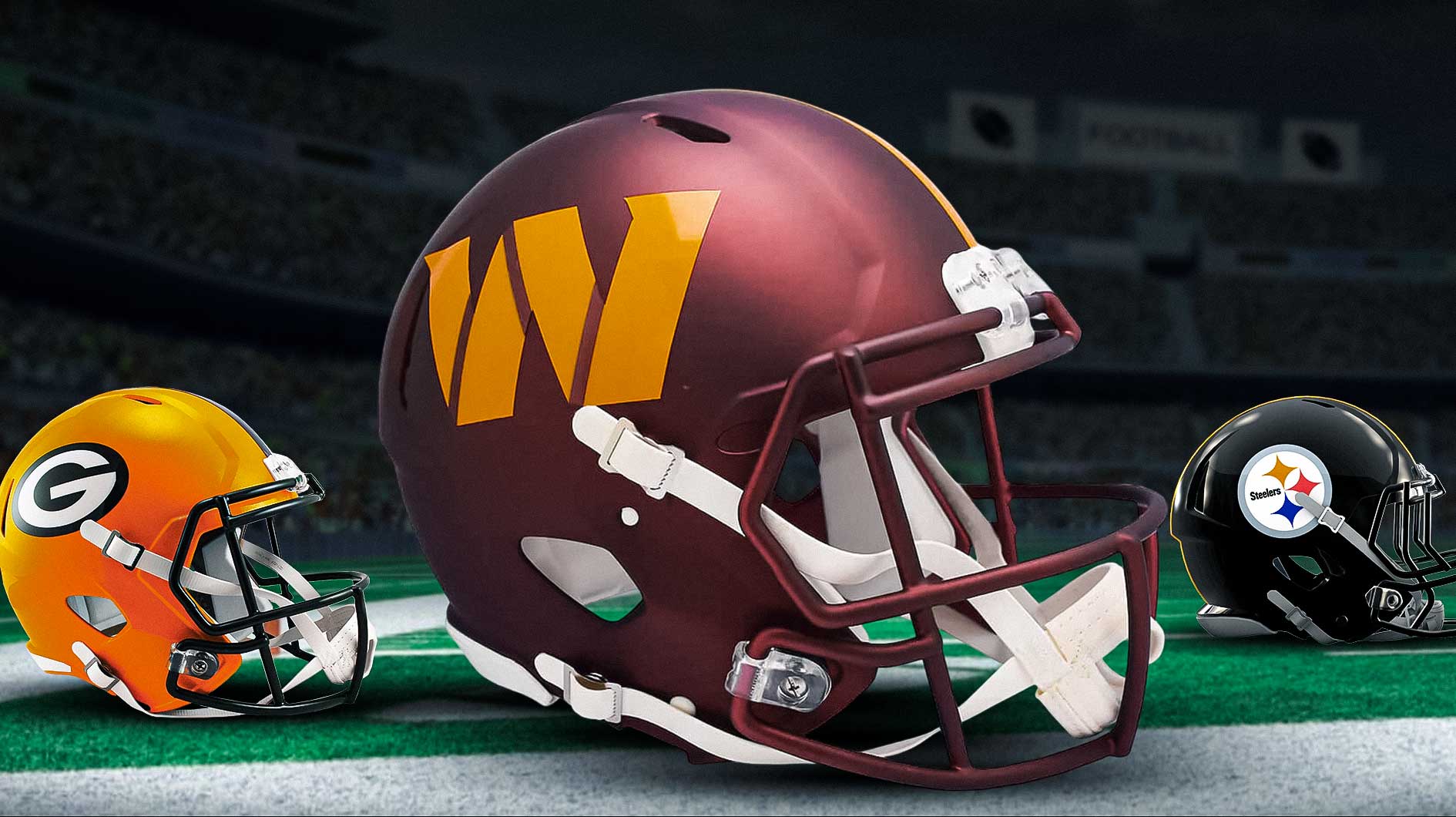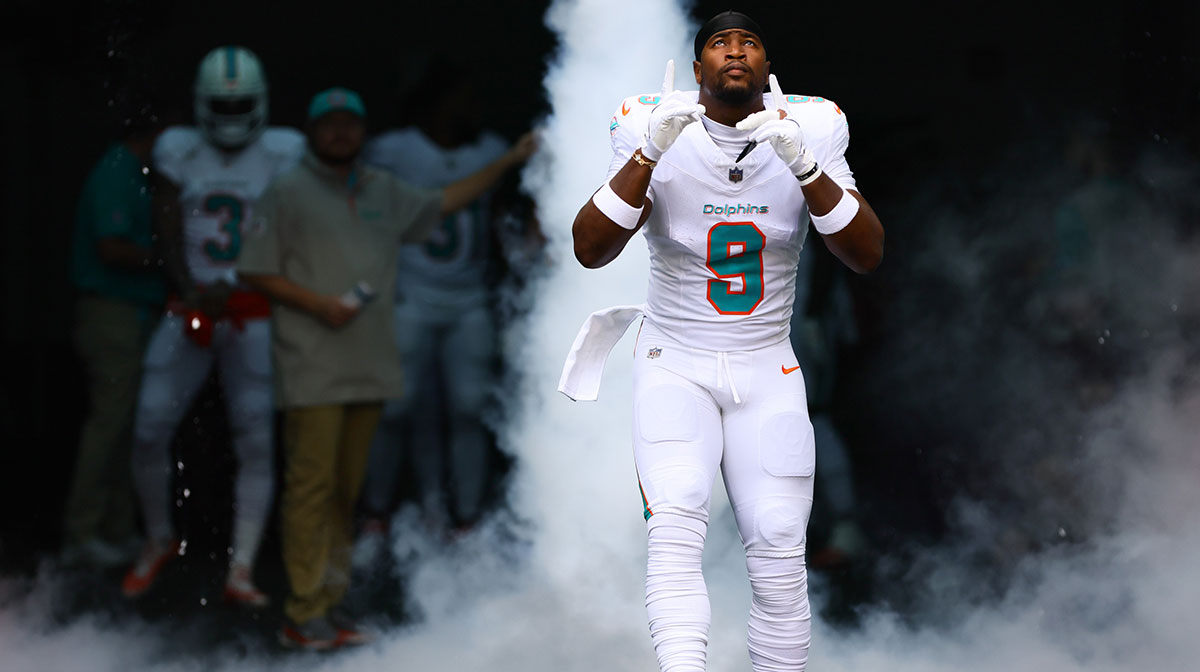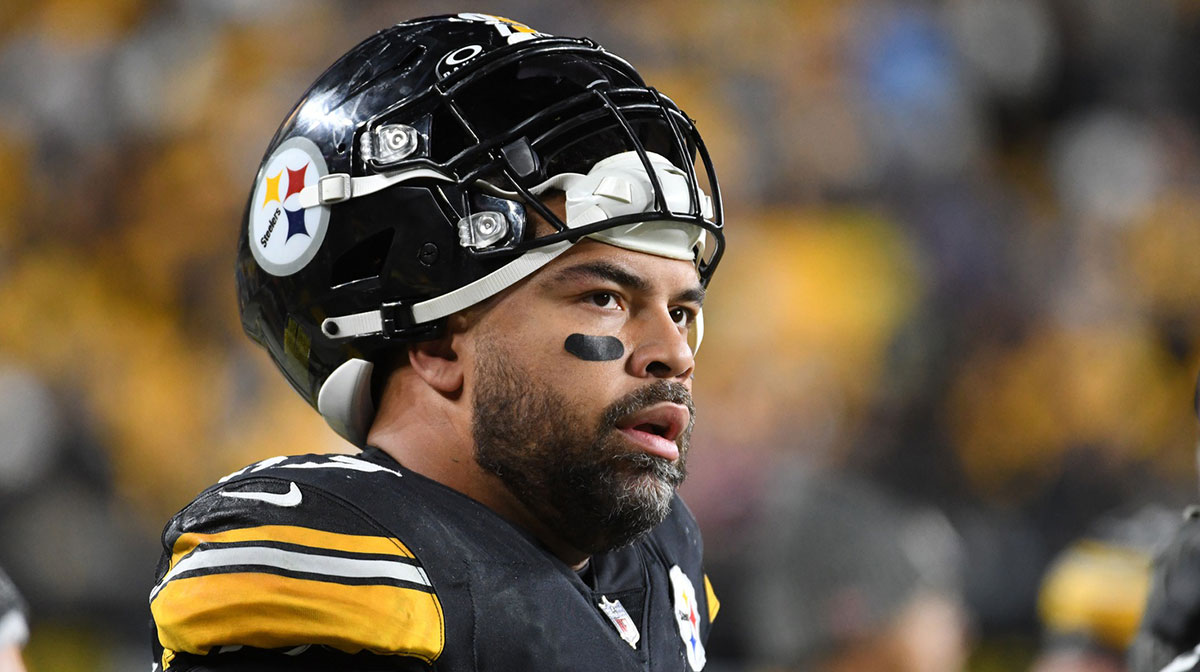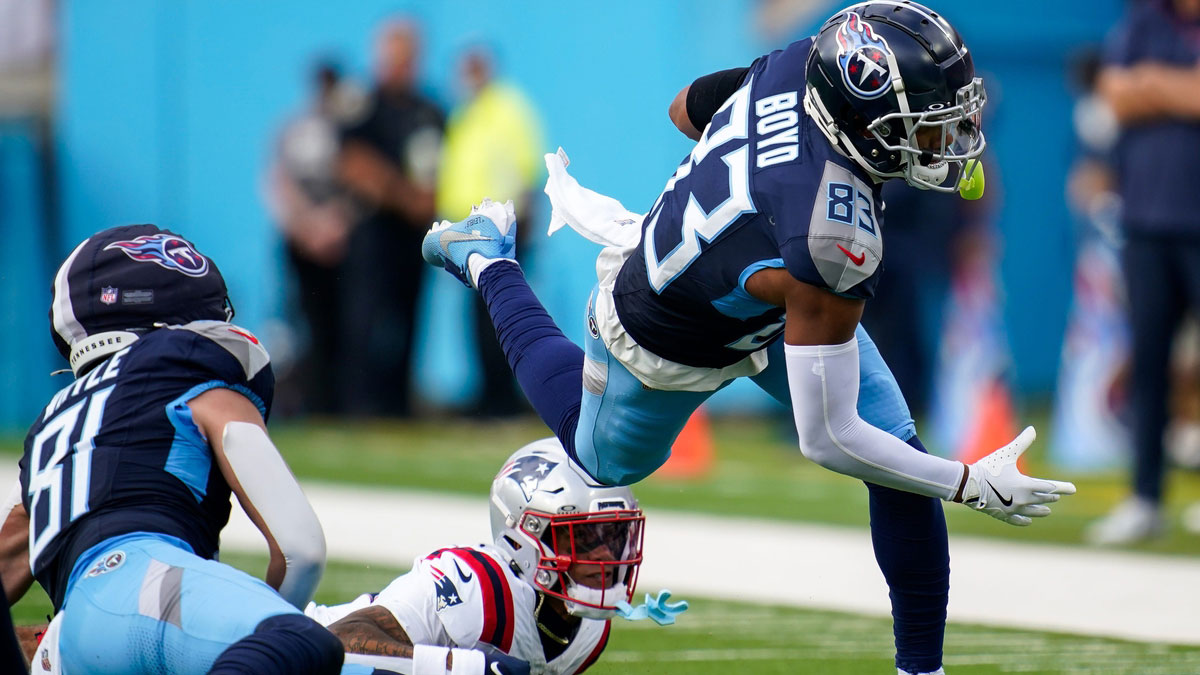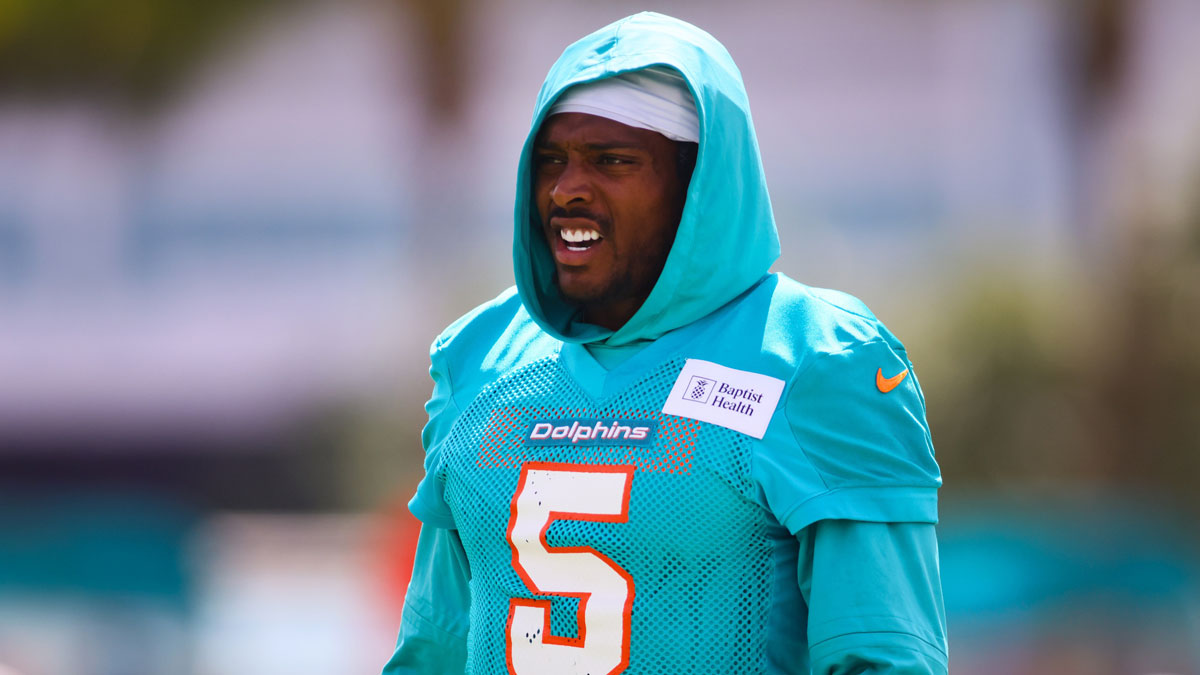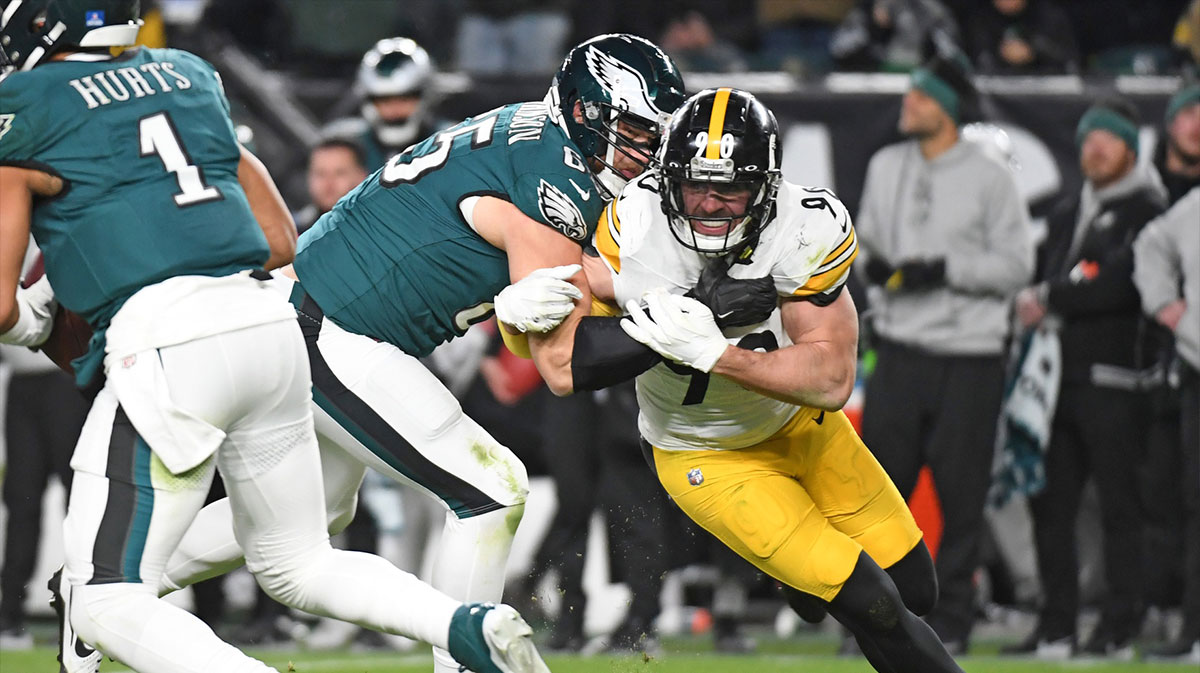The Pittsburgh Steelers are coming off a disappointing and tumultuous season, and are attempting to return to the playoffs in 2019 without their superstar wide receiver Antonio Brown. Some fans have rationalized things by claiming that Pittsburgh is actually better off now without Brown's distracting antics and gigantic ego bringing down the locker room.
While all of that is true, Brown is still one of the three best wide receivers in the NFL, so the Steelers are clearly a worse team now from a star power perspective than they were in 2018. The team signed free agent Donte Moncrief and drafted Diontae Johnson in the third round of the 2019 NFL Draft in an attempt to replace Brown. Even without Mr. Big Chest (or is it Mr. Big Checks?), Pittsburgh still has one of the best wide receiver corps in the league, anchored by third-year star JuJu Smith-Schuster. The group also has some very good depth, which could lead to a solid player being cut in fourth-year man Eli Rogers.
Rogers caught 48 of 66 targets in 2016 for 594 yards and three touchdowns. But in 2017 and 2018 combined, he was targeted only 50 times, and caught just 30 of those. You might think he would have a chance to earn a larger role this season with Brown gone, but that doesn't appear to be the case. Preseason depth charts should be taken with a grain of salt, but Pittsburgh's looks to be very close to regular season expectations, at least as far as the wide receivers are concerned.
Smith-Schuster and Moncrief are listed as the starters, with Ryan Switzer and James Washington as the second-stringers. Washington was a disappointment as a rookie in 2018, but has looked much better this preseason. Next are Rogers and the rookie Johnson. Teams usually keep at most six wide receivers, so Rogers is close to the end of the roster. He may be a better receiver than the players behind him on the depth chart, but there are multiple reasons why he may not make the final 53-man roster.
The first is his fit in the wide receiver room. Rogers stands 5-foot-10 and plays slot receiver. Nearly all the receivers on Pittsburgh's roster are either under six feet tall, or play the slot, making Rogers redundant.
He is also relatively expensive. During the offseason, Rogers signed an extension that would pay him $3.75 million over two seasons. This may appear to indicate that his spot on the team is safe, but he's guaranteed just $500,000 of his salary, meaning he would save the team $3.25 million if he were to be cut now. Considering he would be the fifth or sixth receiver on the depth chart, moving on is the smart monetary decision.
The third reason is a lack of versatility. Rogers is an end-of-the-roster player, and those guys usually make the team not on what they can offer the offense or defense, but how they can help on special teams. Rogers doesn't play that facet of the game, which may end up being the nail-in-the-coffin for him.
Someone like Tevin Jones, who is 6-foot-2, considerably cheaper, and a decent special teamer, should make the team over Rogers.
Eli Rogers is still a solid wide receiver who should find a spot on another team, but his days in Pittsburgh may very well be numbered.

